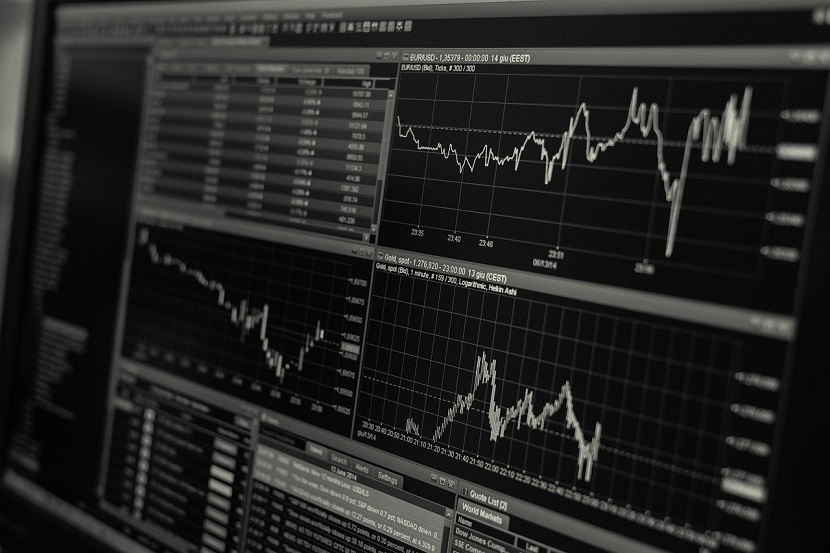S&P 500 rose higher on Monday thanks to the IT and energy sectors, kicking off the year’s final quarter on the expectation that the Federal Reserve will moderate the rate increases in response to signals of slowing growth.
The Dow Jones Industrial Average increased by 2.9%, or 834 points, while the Nasdaq increased by 2.5%. The S&P 500 increased by 2.8%.
A pair of weaker-than-expected economic reports that showed manufacturing activity unexpectedly entered a contraction and construction activity was worse than anticipated, raised some optimism that the Fed might be forced to rethink its strategy in order to prevent the economy from entering a deep recession.
The September ISM manufacturing report indicated a decline to 50.9 from 52.8, well below experts’ expectations for a decline to 52.2. When the ISM index rises above 50, manufacturing, which makes up roughly 12% of the U.S. economy, is said to be expanding.
According to Investing.com’s Fed Rate Monitor Tool, the chances of the Fed delivering its fourth consecutive 75-basis-point rate hike dropped from 72% to 59% last week.
Treasury yields plunged as investors factored in the possibility of a less aggressive path for tightening monetary policy.
The 10-year Treasury yield dropped from highs reached more than a decade ago, and additional lowering is likely to come because it “remains quite overbought on a short-term basis,” according to a report from Janney Montgomery Scott.
Alphabet, Apple, and Microsoft all had gains of over 3%.
In the meantime, as CEO Barry McCarthy intensifies attempts to turn around the fortunes of the linked fitness equipment company, Peloton Interactive announced a deal to offer its workout bikes to Hilton-branded hotels in the United States. About 7% of its shares were up.
Devon Energy Corporation, APA Corporation, and Marathon Oil all saw gains of more than 9%.
While everything was going on, Tesla’s stock fell 8% after it revealed that it had only delivered 343,000 vehicles in the third quarter, falling short of Wall Street expectations of between 358,000 and 371,000.
After the release, JPMorgan stated that it was still leery of Tesla’s valuation and that it continued to “saw considerable downside to our price objective [of $153],” indicating a potential decline of approximately 37% from the company’s current price.



